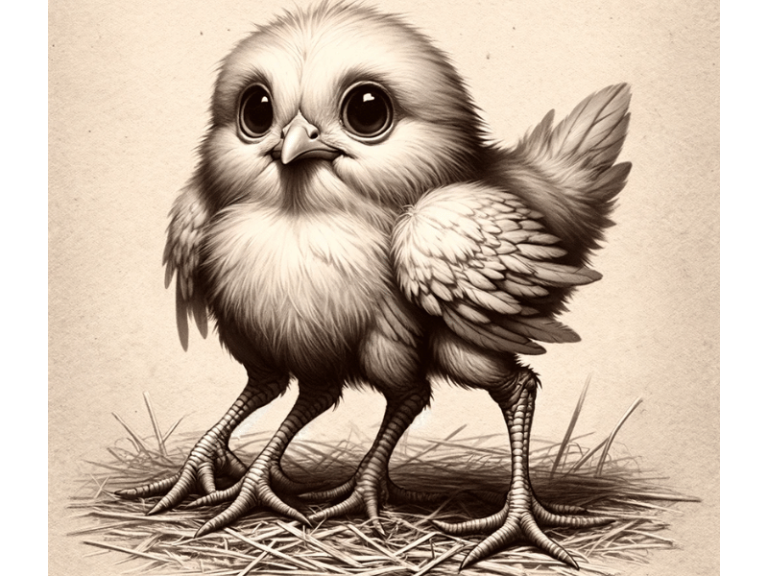In early spring, the weather is still relatively cold, and people are wearing thick cotton clothes. However, experienced chicken farmers are busy preparing to hatch chicks and raise early spring chickens. There are several advantages to raising chicks in early spring. Firstly, early spring chicks are easier to raise as long as the issue of warmth is addressed. Compared to other seasons, they face fewer problems such as mosquito and fly infestations and disease outbreaks. If raised by a mother hen, it’s even more ideal.
Secondly, since the beginning of spring, the weather gradually warms up day by day, and as the days get warmer, various green feeds in the fields start to grow. Especially, chickweed that chicks love contains rich vitamins, making it excellent feed for their growth.
However, the most important point lies in the high economic value of early spring chickens. Chicks hatched in early March mostly start laying eggs by September. These chickens can continue laying eggs through the winter and up until the following autumn before molting, effectively producing eggs for a whole year. In contrast, chickens hatched in May face different circumstances. Although they reach egg-laying age by seven months, they encounter the cold winter in December. Without special warmth measures, their egg production would be delayed until spring the following year, around March or April. Such chickens can produce eggs for at most eight months, and like early spring chickens, they cease laying eggs during the autumn molt, resulting in about a quarter fewer eggs produced compared to early spring chickens.
Of course, if we manage to address warmth issues and start raising chicks even earlier, hatching in January or February, they can produce even more eggs.

